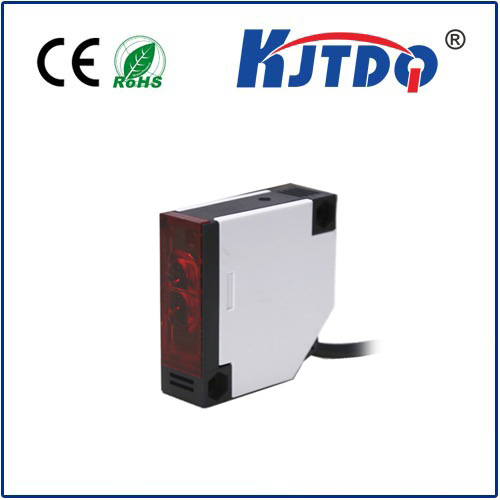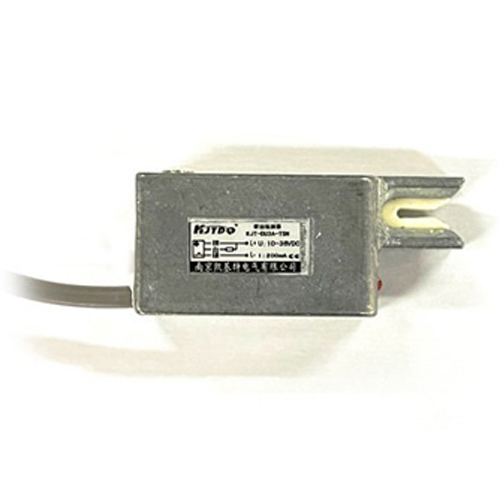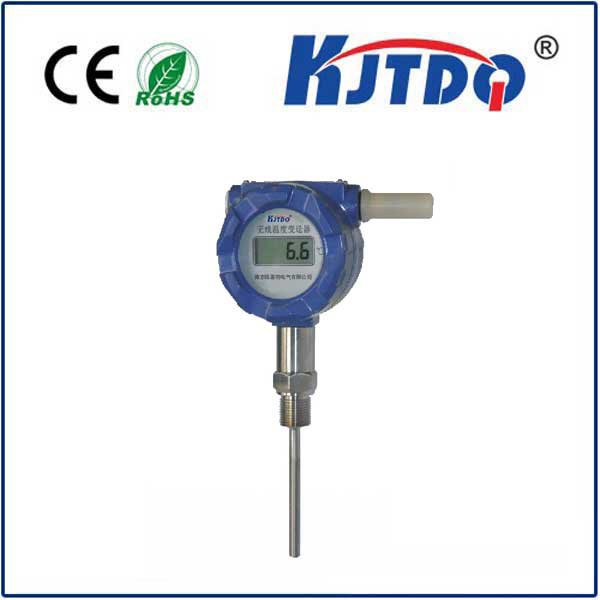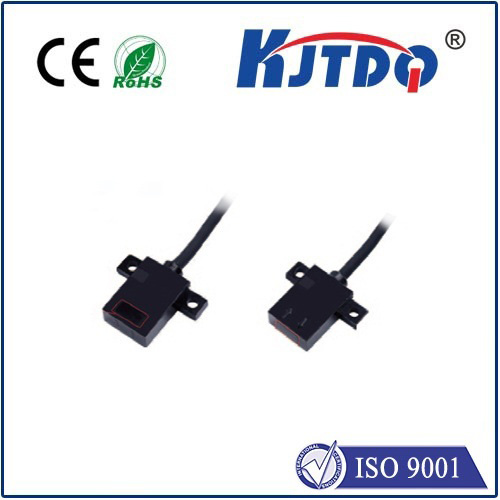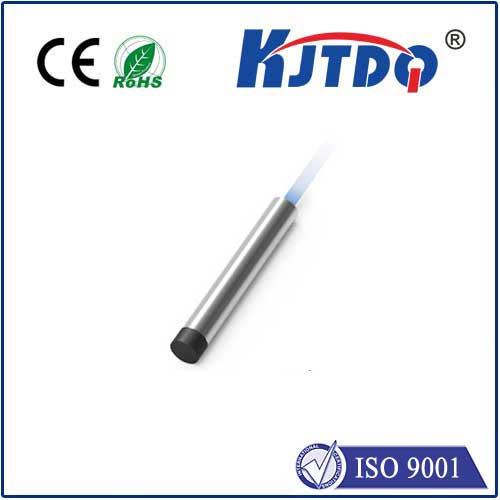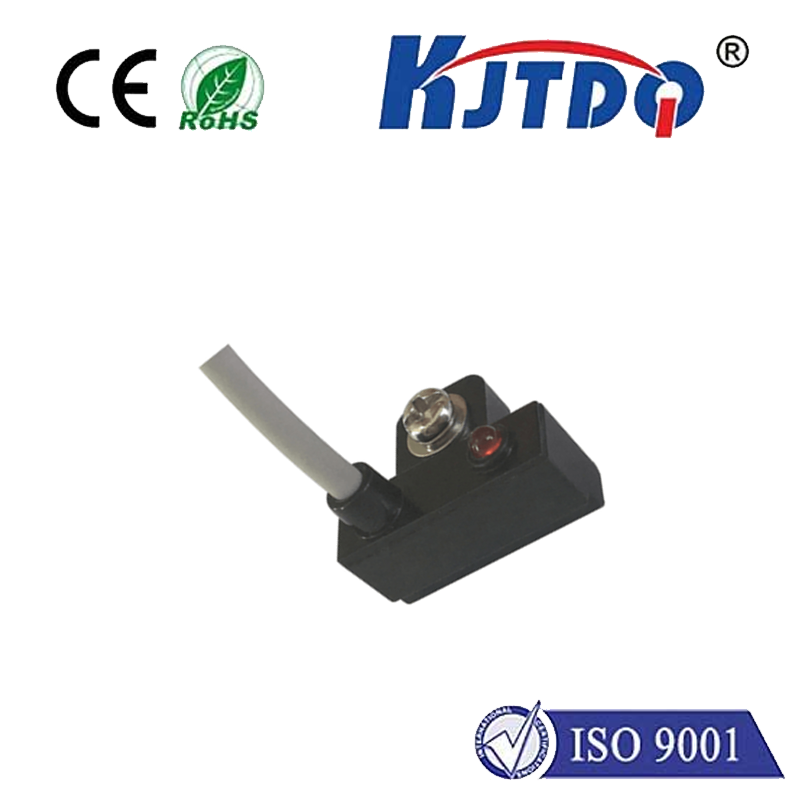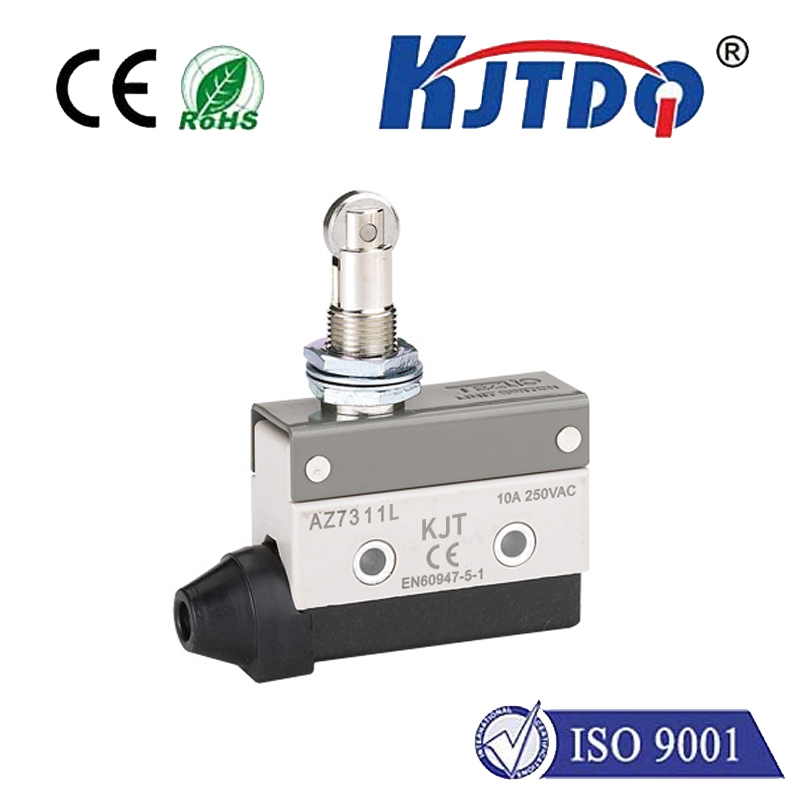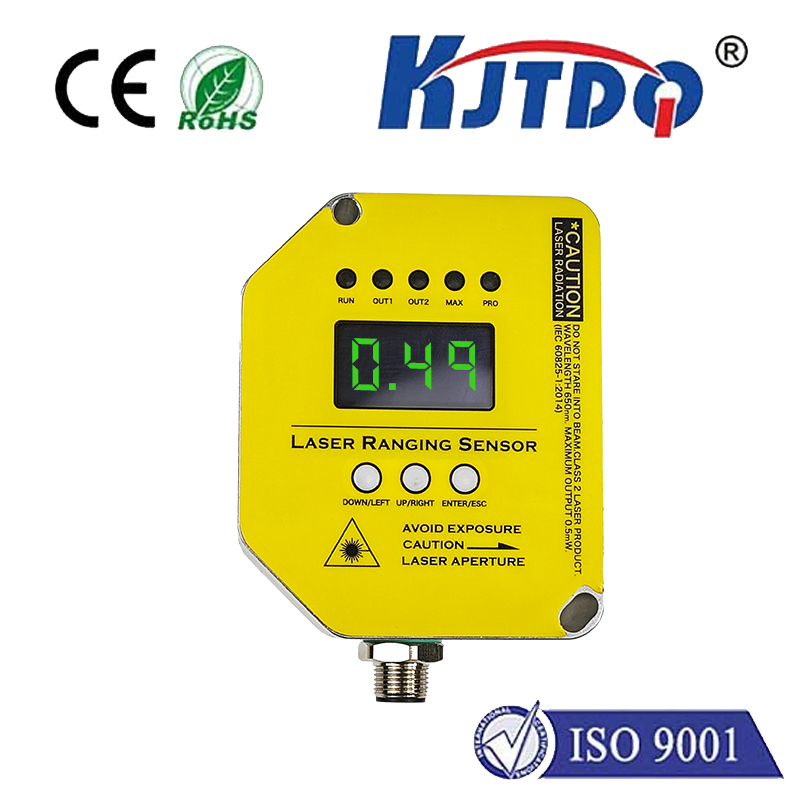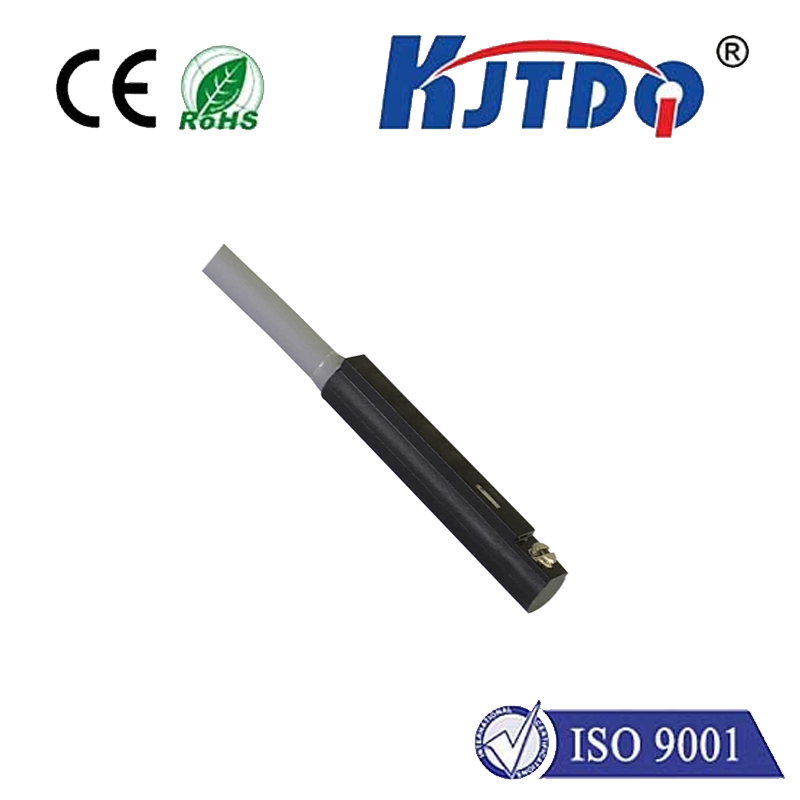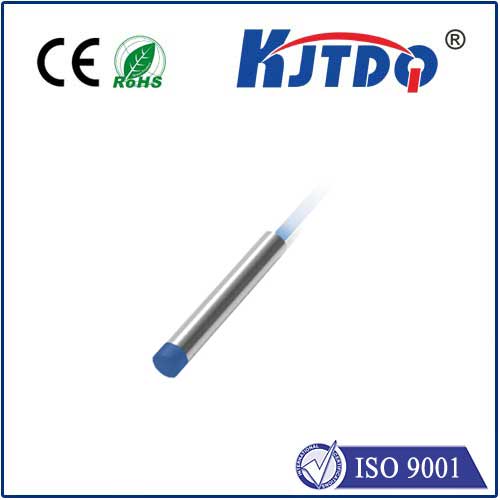

check

check

check

check
Imagine a device so compact it fits on the tip of your finger, yet capable of “seeing” the world around it with sound. That’s the reality of small ultrasonic sensors, tiny powerhouses transforming industries by enabling precise, contactless distance and proximity detection in spaces where traditional sensors simply can’t fit. Their shrinking size unlocks vast potential, making the invisible world of ultrasonic waves accessible in unprecedented ways.
What Are Ultrasonic Sensors, and Why Does Size Matter?
At their core, ultrasonic sensors operate on a simple principle akin to how bats navigate: they emit high-frequency sound waves (typically above 20 kHz, inaudible to humans) and listen for the echo bouncing back from an object. By precisely measuring the time-of-flight between the outgoing pulse and the returning echo, these sensors accurately calculate the distance to the target. This non-contact measurement capability is invaluable across countless applications.
Traditionally, ultrasonic sensors were respectable in size. However, relentless technological progress, particularly in micro-electromechanical systems (MEMS) fabrication and advanced microelectronics packaging, has driven a significant miniaturization trend. This quest for smaller form factors (like the “ultrasonic sensor small” keyword suggests) isn’t just about saving space; it’s about enabling entirely new functionalities and applications that demand compactness, low power consumption, and seamless integration into increasingly smaller devices.
Unlocking Potential: Key Applications Enabled by Miniature Ultrasonic Sensors
The compact nature of modern ultrasonic sensors small designs is truly revolutionary, finding homes in diverse fields:
The Advantages Driving Adoption
Beyond their tiny stature, these sensors offer compelling benefits:
Technological Foundations and Challenges
Achieving this miniaturization relies heavily on MEMS technology. Tiny, batch-fabricated piezoelectric or capacitive micromachined ultrasonic transducers (CMUTs/PiezoMEMS) have replaced bulkier traditional piezoelectric transducers. Sophisticated signal processing is handled by equally miniaturized ASICs (Application-Specific Integrated Circuits).
However, miniaturization presents challenges. A smaller sensor surface area can limit maximum range and require careful acoustic design to direct sound waves effectively (beamforming becomes trickier). Background noise can also be more problematic for very small sensors. Continuous innovation in materials science, transducer design, and noise-filtering algorithms is essential to overcome these hurdles while maintaining performance.
The Future: Smaller, Smarter, More Integrated
The trajectory for ultrasonic sensor small technology points towards even greater integration and intelligence. Expect sensors combining ultrasonic sensing with complementary technologies like infrared or millimeter-wave radar on single chips for multi-modal perception. Integration of basic processing and AI capabilities directly onto the sensor die (edge AI) will allow for smarter, context-aware operation, reducing the load on main processors. As the IoT expands and demands for ever-smaller, smarter devices grow, the miniature ultrasonic sensor will remain a critical enabler, proving that truly great things often come in very small packages. Their ability to deliver precise, non-contact sensing in constrained spaces is not just convenient; it’s rapidly becoming indispensable.
